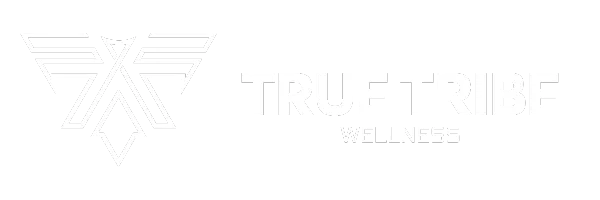Discover the Path
to True Wellness
ABOUT US
Where innovation meets empowerment on the path to a better life.
Through our innovative and thought-provoking articles, curated content, and expert advice, we delve into a wide range of topics that encompass the full spectrum of wellness. From nutrition and fitness to mindfulness and self-care, we explore the latest research, trends, and practices to help you optimize your well-being and unlock your true potential.

Our Recent Wellness Posts

How to Align Your Fitness Routine with Your Health Vision
Setting a goal is easy. Following through with consistent action takes strategy. Whether your focus is fat loss, muscle growth, improved endurance, or better mobility, your results depend on how well your fitness routine aligns with your specific objective. Random workouts with no direction can lead to frustration, fatigue, and zero results. Purpose-built plans lead to progress. The real shift happens when your effort starts matching the outcome you want.
Start by identifying what you want to achieve. Be specific. “I want to get in shape” is vague. Instead, zero in on numbers, performance benchmarks, or body composition goals. Want to lose 15 pounds, deadlift twice your bodyweight, or run a sub-25-minute 5K? That’s where progress begins—knowing exactly what success looks like for you.
Next, align your training with that outcome. If fat loss is the goal, strength training paired with moderate to high-intensity cardio is a strong combination. Focus on compound movements like squats, lunges, presses, and pulls to build lean mass and boost metabolism. Keep rest periods short and intensity high. On the other hand, if strength is your priority, your routine should include heavy lifting with progressive overload. Fewer reps, more weight, and longer rest between sets. Don’t waste energy on routines designed for a different result than the one you want.
For endurance, the key is volume and frequency. Mix longer, steady-state sessions with tempo runs or interval training. Work on pacing, recovery, and consistency over time. Mobility goals? Prioritize controlled movement, flexibility drills, and functional exercises that increase range without sacrificing stability. Every goal requires its own blueprint.
Nutrition also needs to support your goal. Eating for fat loss looks very different from eating for muscle gain. High-protein, calorie-controlled meals help with cutting. If you’re trying to gain strength and size, you’ll need more food, especially from quality carbs and fats. Hydration, sleep, and stress management should support your training as well. These aren’t extras—they’re part of the system.
Don’t forget recovery. It’s not just about foam rolling and stretching. It’s about knowing when to push and when to back off. Overtraining can slow progress. Progress happens when training intensity is balanced with proper rest and smart recovery practices. Programs like those from Muscle Engineering are built around this balance—combining science-backed workouts with performance-focused recovery. If you want structure that supports your health goals, their programs are worth checking out.
Tracking progress matters more than guessing. Use photos, measurements, strength logs, or performance times. Adjust your plan every 4–6 weeks based on your results. Progress isn’t always linear, but consistent training with the right focus will move the needle.
The key takeaway is this: Your goal sets the tone, and your routine should match it with precision. It’s not about doing more, it’s about doing what works for your body and your target. When your actions line up with your outcome, results stop being optional and start becoming routine.
One or more of the links above are affiliate links, meaning, at no additional cost to you, we will earn a slight commission if you click through and make a purchase. Each of these products is chosen by a trusted member of our team.
Email: partnerships@truetribewellness.com
Social Media: @TrueTribeWellness

